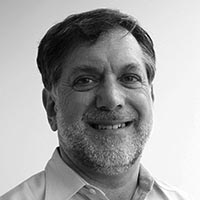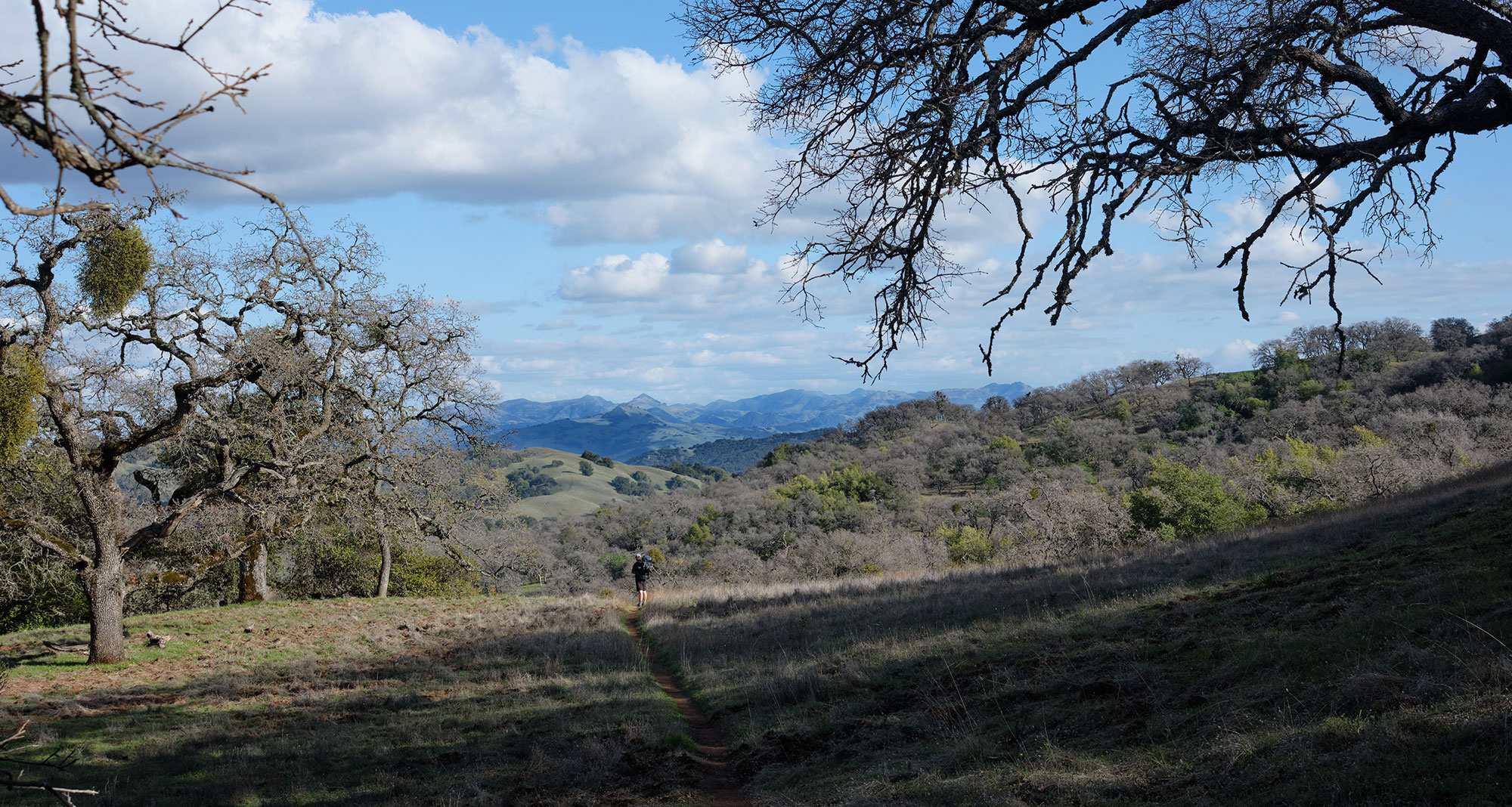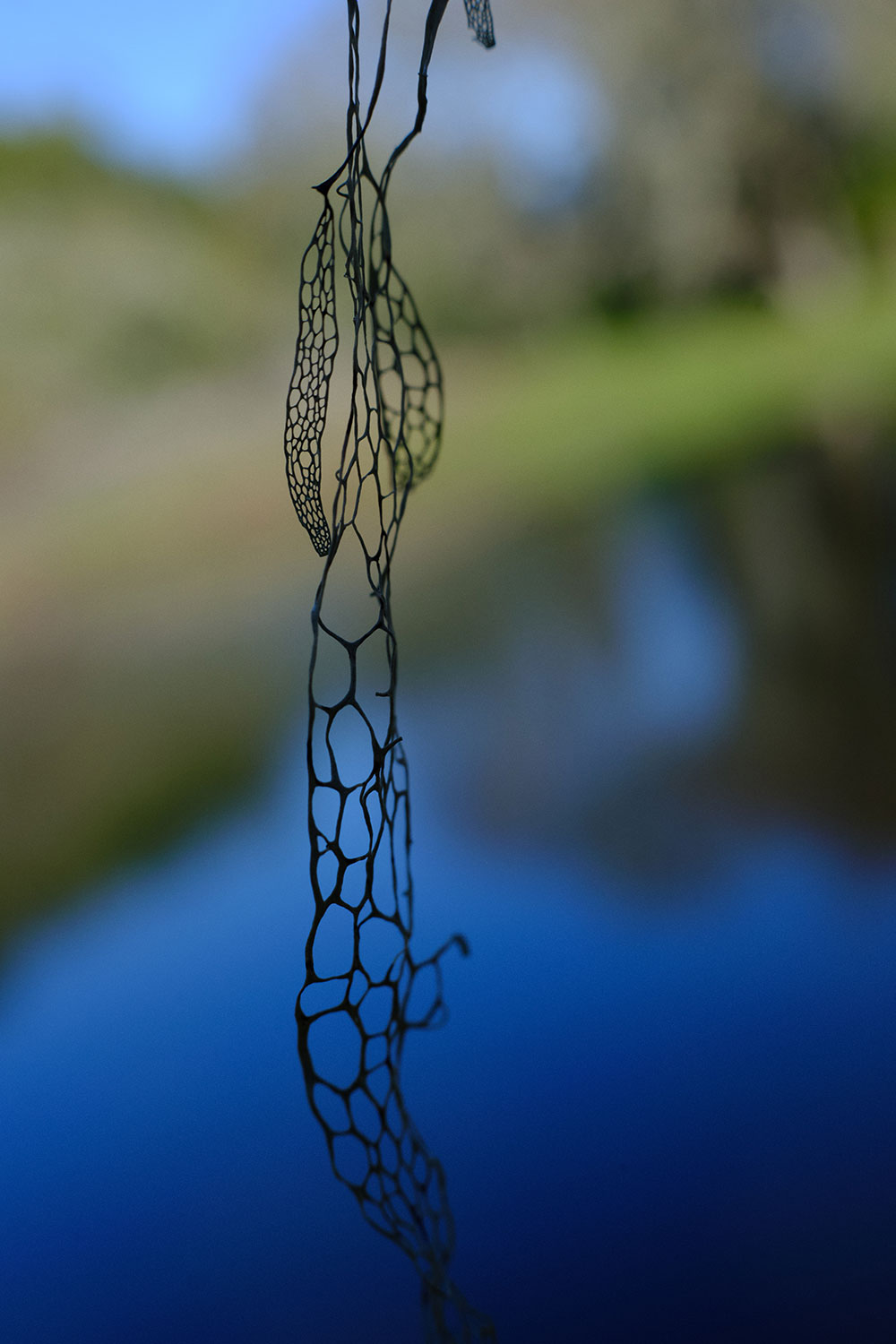Expanding from pandemic life while backpacking
After one year of pandemic living, or perhaps in spite of it, we resolved to hoist packs to our backs and set out for a 3-day trip. The destination: Henry Coe State Park, California’s second largest state park, an expanse of 87,000 acres (over 130 square miles). My companion: Micah, my son, 20-something years old. The kit: my trusty Fujifilm X-T20 and the 27mm pancake lens. And one other crucial bit of kit, but that comes later.
Why a backpacking trip? As we rounded one year of working-at-home, a colleague asked me “what animal does this pandemic make you feel like?” I suggested: “a dog.”
Yes, a dog. Because I’m pretty comfortable at home with my water and food bowls nearby, but if anyone says “walk” then I get crazy and start barking wildly at the door, urging “let’s go now!”
One Saturday in March 2021, we set out to Henry Coe, which is on the edge of the San Francisco Bay Area. We’re lucky to have such a large, open space just one hour from home. Henry Coe is the place where the creator must have thought “I want to see just how steep I can make coastal hills without forming obvious mountains.”
The hills rise to about 3000 feet (1 km) above San Francisco Bay. On the first day, we started at an altitude of 700 feet and hiked 1900 feet upwards to Willson Peak, which is the strangest thing to call a “peak” as it’s just the highest point on a long ridge.
RIGHT: Fuji X-T20 . Fuji XF27mmF2.8 @27mm . f/11 . 1/320″ . ISO 400
Along the way, I was reminded of what I like about the Fujifilm 27mm lens. It’s light and compact, which is perfect for backpacking. More importantly, its field of view is similar to what my eye sees. While walking the trail, it’s easy to decide where to stop to capture a full craggy tree in the frame. With a pack on, I want to minimize walking back and forth to frame a composition. I like that I intuitively know where to stop to capture what my eye sees as beautiful.
Once over Willson Peak, we found abundant carpets of wildflowers on the other side. Big views. Dramatic sunsets. Morning reflections on our campsite’s pond. The Fujifilm Velvia simulation was the perfect match for the electric green color of the spring hillsides, as well as all the bright colors in the clear winter air. Velvia also did a great job with the patchwork contrast between the reds—areas recently burned in the dramatic 2020 California wildfires—and the green new growth, which was sprouting with equal wildness in the fire’s aftermath.
RIGHT: Fuji X-T20 . Fuji XF27mmF2.8 @27mm . f/9 . 1/180″ . ISO 200
Now onto the extra item in my kit. I carried an inexpensive, lightweight 11mm macro tube so that my camera could also take macro images of flowers and buds. The close focus distance of the Fujifilm XF27mm F2.8 is 340mm, and with the macro, it drops to 129mm from the camera sensor to the target object.
This allowed me to spend two delightful mornings framing the abundant “shooting stars” and other flowers around our campsite, while my son slept cozily in his sleeping bag. To achieve a tight focus, I made a tripod between my head and two elbows and used the 2 second timer to release the shutter.
On a backpacking trip, a camera is good for multiple things. Taking photos is just one. In addition, a camera provides an excellent excuse for why a 50-something father can’t keep up with a 20-something billy goat on the rollercoaster trails of Henry Coe park.
The park is a favorite of mountain bikers, who find the alternation of steep ascents and descents to be thrilling. And with very few exceptions, the only people we saw were mountain bikers on day rides. The bikers mostly ride the wide, old ranch roads, and we could find splendid solitude on the narrow walking trails.
Along these paths, we also saw red-tailed hawks, turkeys, red-headed woodpeckers, deer, frogs, and more. The only downside of such a light camera kit is that I couldn’t zoom in on wildlife. It doesn’t matter. The third good thing about bringing a camera is it makes you notice more, even when you don’t push the shutter button.
Here’s one thing we noticed with surprise: the Sierra Nevada mountain range. It was 120 miles away and covered in snow. It is very rare to see the Sierras from the San Francisco Bay Area. It’s only possible on the clearest winter days. We got lucky, and earned the view by climbing high enough.
Another thrill was to have no cell service, no zoom calls, no notifications, no rings, no deliveries, and no connectivity whatsoever for three days. I realized on this trip that backpacking is one of the few times I am able to do nothing. I can happily just watch the morning fog swirl and drift away for hours.
On the hike home, I decided to switch to black and white photography, using the Acros film simulation. With the Acros+Red filter mode, my camera produced very pleasing skies and high contrast scenery. Looking back on the final photos, I realized that by the end of this short trip I was feeling a renewed sense of expansiveness.
RIGHT: Fuji X-T20 . Fuji XF27mmF2.8 @27mm . f/11 . 1/400″ . ISO 400

Jeremy Roschelle is a learning scientist who studies how to effectively use technology in schools. He lives in the San Francisco Bay Area with his wife and three dogs, where he enjoys hiking, jazz and photography.




















Albert Smith
March 26, 2021 @ 2:06 pm
Great timing! I just received my new 27mm f/2.8 a couple of days ago and can’t wait to really test it out beyond the trees in my backyard. Your images make me feel is is a worthy lens for a minimalist setup.
Enjoyed looking at your photos and here’s hoping that we can all get out shooting again.